A Dive Into The Economics of Cut Flowers
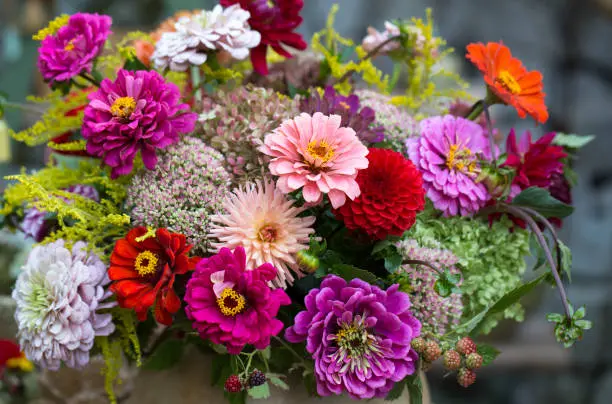
Happy Father’s Day! Even though flowers are traditionally not given on Father’s Day almost any special occasion can be a great excuse to introduce some color and freshness into the celebration. Today we will examine the flow of money that brings that special bouquet to the table. What starts our story as a 10¢ long-stemmed rose in Ecuador ends up in your $60 bouquet. We will explain how.
Whether it is Mother’s Day, an anniversary, Valentine’s Day, a birthday, or a wedding reception any day is special if it includes flowers. You are likely going to have to dig deep into your pocket to pay for those because flowers are not inexpensive.
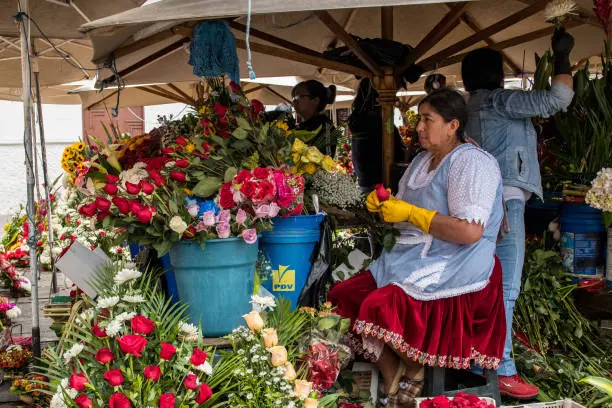
A gift of flowers symbolizes love, affection, and consideration to honor and respect the relationship between the giver and the recipient. A bouquet of brilliant flowers is both an expression and a celebration of perfection and beauty.
Today we will look at the behind-the-scenes action that transforms an ordinary day into something special. Most cut flowers sold in the United States today are not grown here. 80% of these flowers come from Columbia and Ecuador. Nearly all roses, chrysanthemums, and carnations come from these two countries. Other countries importing flowers to the US are the Netherlands, Kenya, and Israel. Stateside, California, and Florida account for most of the balance.
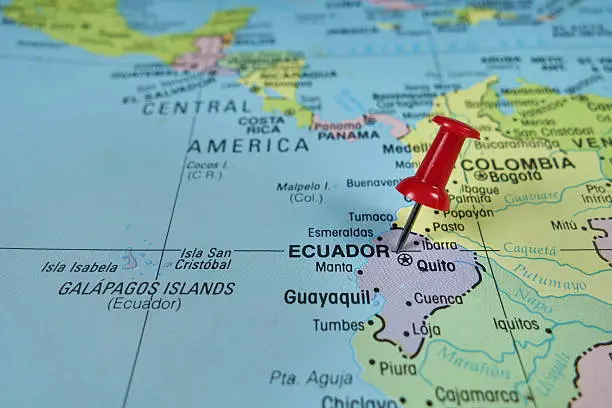
These flowers are sold to wholesalers and florist shops. Producers in South America have just 48 hours from the time the stem is cut to get it to the wholesaler in the US. Even with that expediency, nearly one-half of all flowers will be discarded before they are sold.

Yes, It Starts With A 10¢ Rose
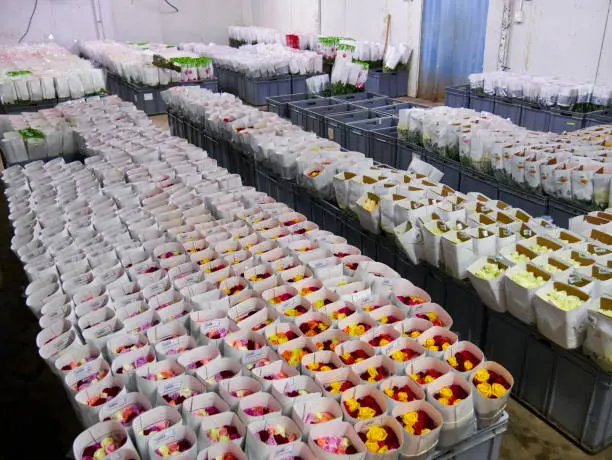
The foreign producer may get $0.10 for each long-stemmed rose, so at $1.20 per dozen roses, something obviously happens to increase the cost by the time that bouquet is sitting on the table in the recipient’s home. A Columbian or Ecuadorian producer may pay his workers $6 a day which includes the ten cents per rose cost. Freight must be expedited and it is important to keep cut flowers cool in order to maintain freshness. The flowers are flown into the United States and throughout the world, and then trucked to the wholesalers who have to pay for all the freight, labor, and resources to get them to retailers. Every step to market is time-critical as the flowers are perishable. By the time the flowers move on to the retailer the price has multiplied, perhaps by as much as 7 to 10 times the original cost. That $1.20 cost of a dozen roses from Ecuador is now $10 to $15 and rising.
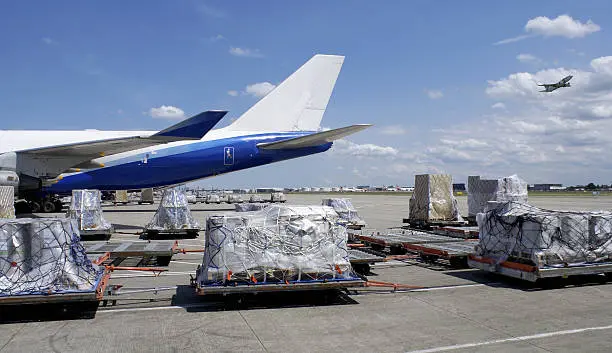

And Ends Up In A $60 Bouquet
At the retail level, the rule of thumb – at least for florist shops is to multiply the cost of the flowers by 3.5 and the cost of hard supplies such as ribbon, tape, wire, floral foam, vase, gift cards, etc. by 2.5 times and then add a labor charge of 25%. The retailer must also consider the overhead costs of rent, utilities, and insurance. The cost of that same bouquet of 1 dozen roses will now have risen to well over $60.
It is interesting to note that 80% of flower shop sales are to women, and a full 60% of flowers sold are intended for the person who makes the purchase. Men, pay attention. These statistics tell us just how important flowers are to the lady in your life.
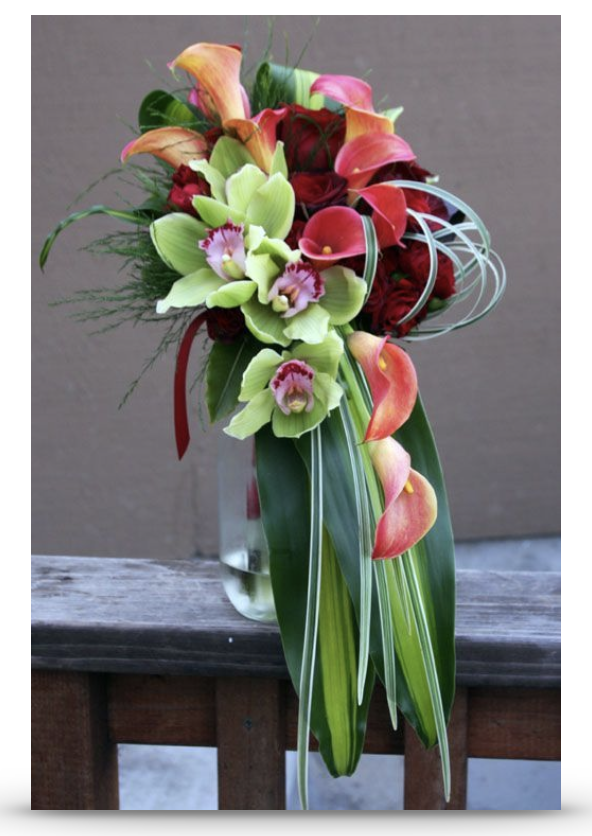
The Society of American Florists estimates that 10 million cut flowers are sold daily. The annual sales volume for all floral outlets throughout the country is estimated to be $30 billion, according to the research firm Research and Markets. Projections are for sales to grow to $52 billion by 2032.
For an ‘Extra Credit” experience today, you may enjoy this 3-minute video about the Ecuadorian flower business.

Welcome to 3-Minutes A Day University, where every day you can learn a little about a lot of things in three minutes or less. We help you expand your knowledge and understanding of the real world, and 3-MAD University is tuition-free. Our wide-ranging syllabus includes a fascinating insight into topics including Health and Medicine, Science, Sports, Geography, History, Culinary Arts, Finance and the Economy, Music and Entertainment, and dozens more. You will impress yourself, your friends, and your family with how easy it is to learn facts and perspectives about the world around you. One topic you will never find covered is politics. We hope you enjoyed the previous three minutes.
Was this email forwarded to you? Subscribe Here.
© Copyright 2024. 3-Minutes A Day University All Rights Reserved. Unsubscribe

